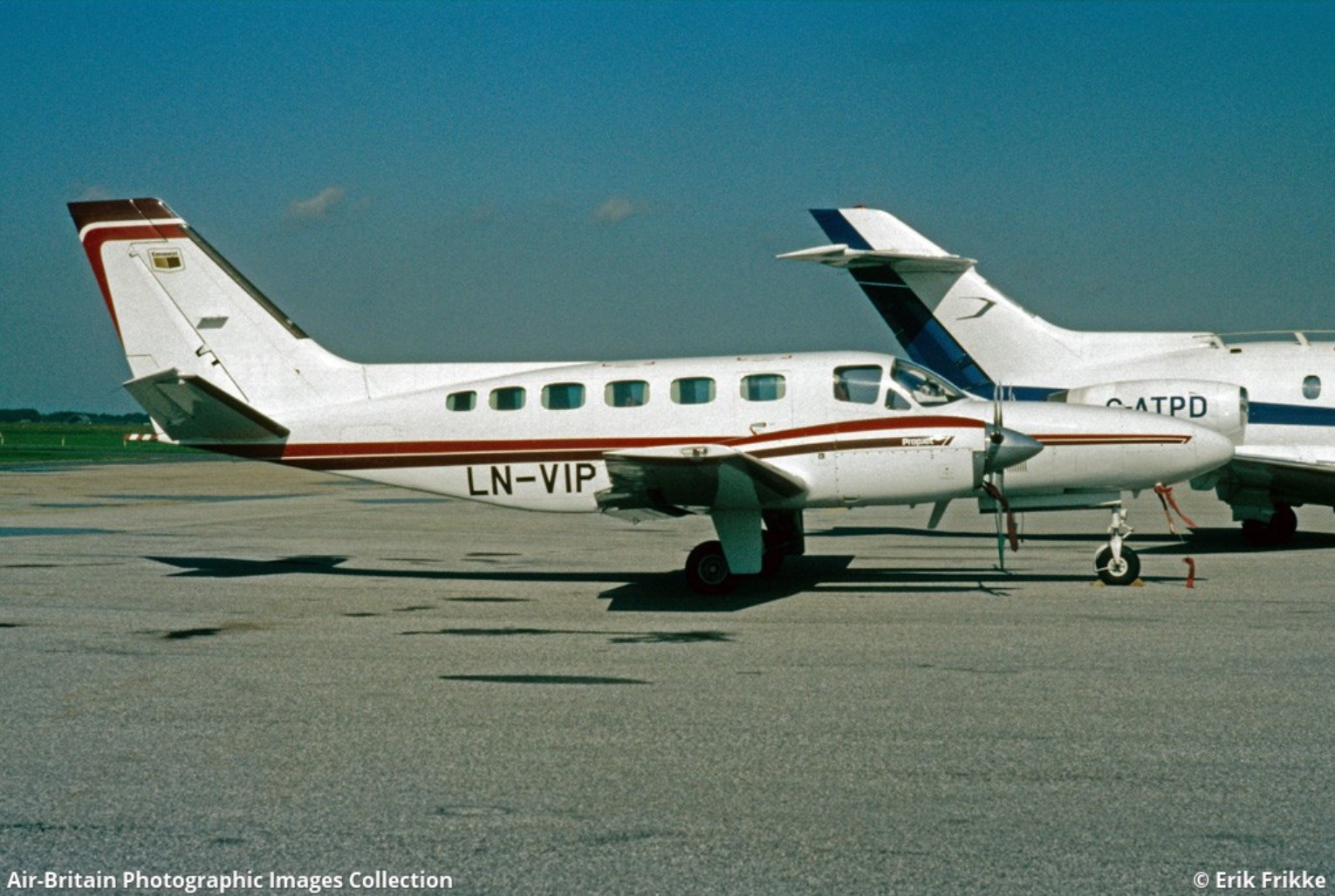Crash of a Cessna 441 Conquest in Erie
Date & Time:
Nov 30, 1986 at 1345 LT
Registration:
N117EA
Survivors:
Yes
MSN:
441-0191
YOM:
1981
Crew on board:
1
Crew fatalities:
Pax on board:
1
Pax fatalities:
Other fatalities:
Total fatalities:
0
Captain / Total hours on type:
31.00
Aircraft flight hours:
2200
Circumstances:
Reason for the Cessna to veer in a semi-circle and collide with another aircraft is undetermined. Examination of the start lock assemblies could not be completed due to the extensive impact and fire damage. The aircraft was being prepared for a flight. During a manual speed governor check on the left engine the aircraft veered in a semi-circle. An attempt to examine the aircraft start locks was negated by the fire damage from the collision. Both occupants escaped uninjured.
Probable cause:
Occurrence #1: miscellaneous/other
Phase of operation: standing - engine(s) operating
Findings
1. (c) reason for occurrence undetermined
----------
Occurrence #2: on ground/water collision with object
Phase of operation: taxi
Findings
2. (f) brakes (normal) - delayed - pilot in command
3. Object - aircraft parked/standing
----------
Occurrence #3: fire
Phase of operation: taxi
Phase of operation: standing - engine(s) operating
Findings
1. (c) reason for occurrence undetermined
----------
Occurrence #2: on ground/water collision with object
Phase of operation: taxi
Findings
2. (f) brakes (normal) - delayed - pilot in command
3. Object - aircraft parked/standing
----------
Occurrence #3: fire
Phase of operation: taxi
Final Report:




